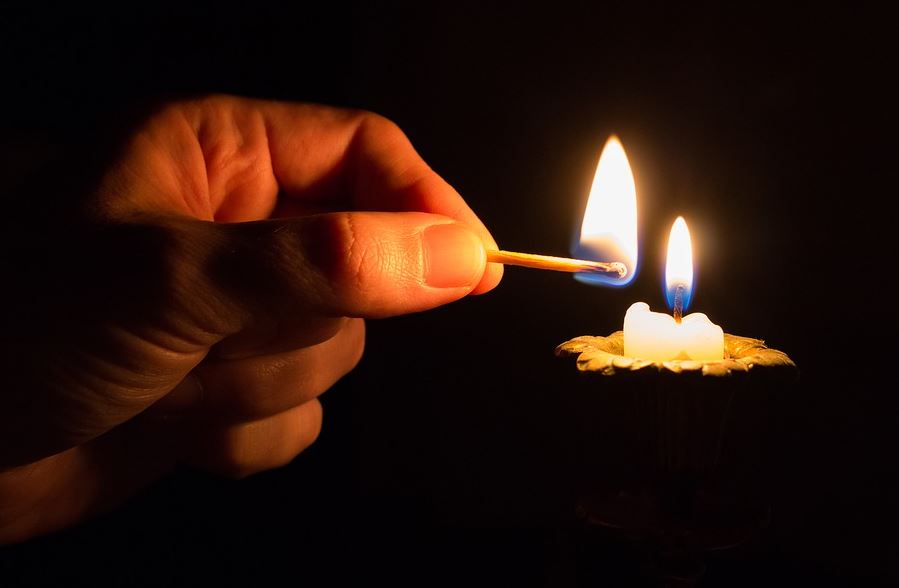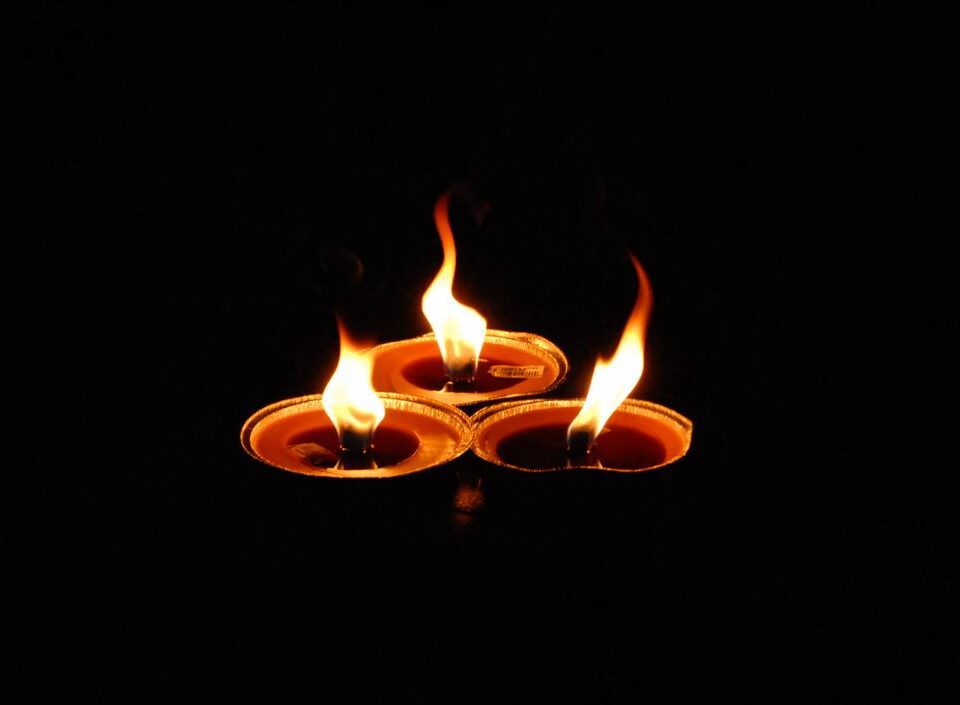Ask the Funeral Director – August 6, 2021

Ask the Funeral Director
Dear FD,
When I die, can I be taken directly to the crematory, without “going through” a funeral home?
There are two very good reasons why a decedent cannot go directly from the place of death to that of final disposition, whether it be a crematory or a cemetery. First, crematories and cemeteries are not licensed or trained to directly handle the deceased remains of a human being. Their staff and facilities simply act as the final destination for the remains, and are trained to operate the cremation retorts, or open a gravesite. They do not have staff available to go to the home, hospital, or other place of death at the very time the death occurs. Furthermore, the State Death Certificate must be certified by a licensed funeral director, in order to ensure all proper methods and standards of care have been taken in bringing a deceased to the moment of cremation or burial, and to register the death with the authorities.
The second reason is related to the mental health of the surviving family members. While the process of bringing a person from the moment of their death to their final disposition is relatively straight-forward, the process of bringing the hearts and minds of those left behind through the grief process is very complicated. All of us have different needs, whether we realize what they are or not, when someone close to us dies. It is essential to at least a moment and pause the process in order to examine the psychology of grief. The funeral home is only professional along the way to help with this process, the healing process. It is important that we talk to those in grief, to offer thoughts, options, and support. It is not just our job to get the dead where they need to physically go, but it is our inherent mission to also get the living where they need to be emotionally.



